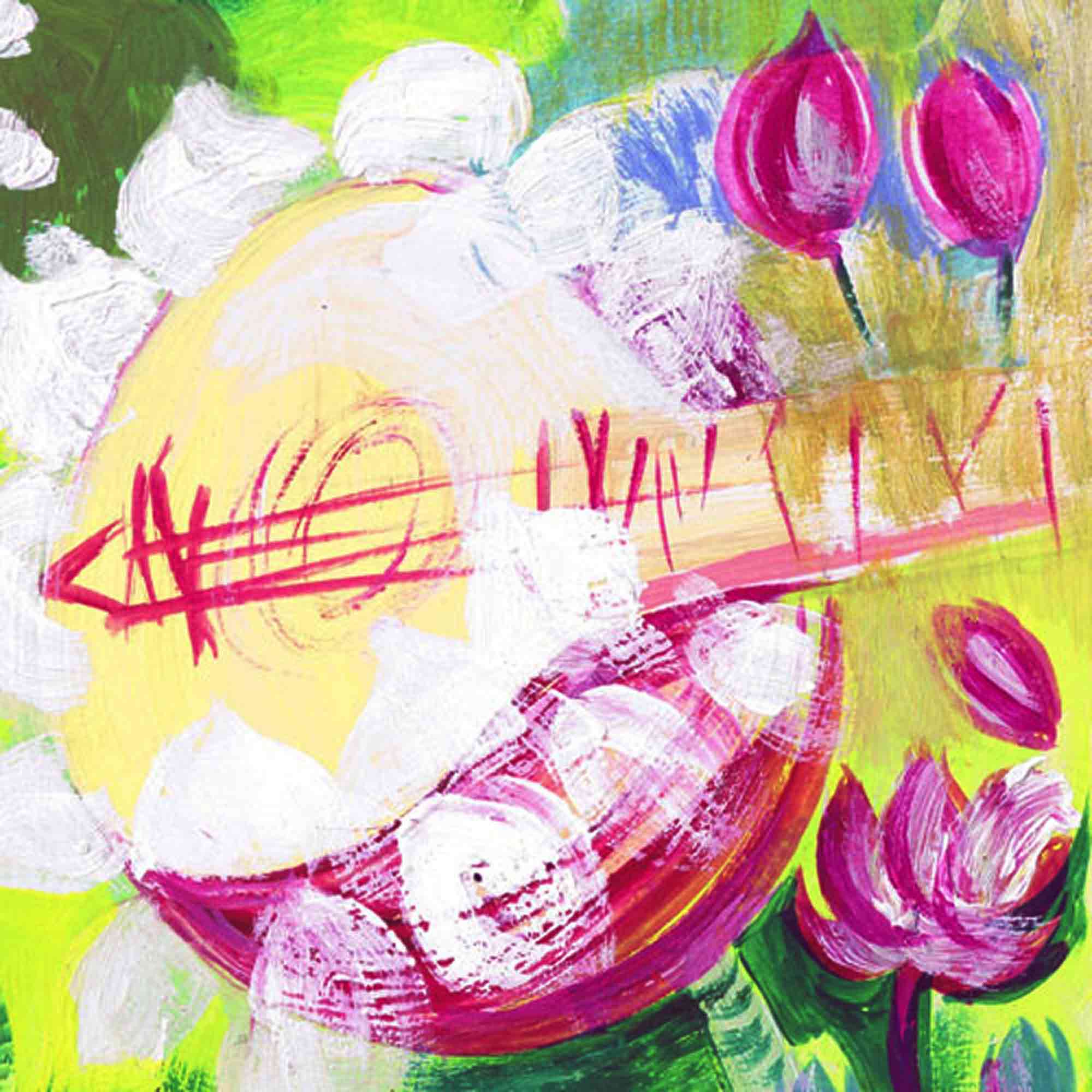All India Radio’s caller tune has been heard by hundreds of millions of people since it was composed in 1936. Somewhat improbably, the melody, based on raga Shivaranjini, was composed by the Czech man in the middle of the trio pictured above: Walter Kaufmann. He was the director of music at AIR and was one of the many Jewish refugees who found a haven in India from the Nazis. […]
Detailed accounts of the musician’s life in Mumbai are to be found in film scholar Amrit Gangar’s book The Music That Still Rings at Dawn, Every Dawn, as well as in Agata Schindler’s essay, “Walter Kaufmann: A Forgotten Genius”, in the volume Jewish Exile in India: 1933-1945. The musician’s reason for coming to India was simple: “I could easily get a visa,” Schindler quotes him as saying in one of his letters. […]
“As I knew that this music was created by people with heart and intellect, one could assume that many, in fact millions would be appreciating or in fact loving this music… I concluded that the fault was all mine and the right way would be to undertake a study tour to the place of its origin,” he wrote. […]
His study would be so intense, it would result in books such as The Ragas of North India, The Ragas of South India : A Catalogue of Scalar Material and Musical Notations of the Orient: Notational Systems of Continental, East, South and Central Asia. […]
Source: Remembering the Jewish refugee who composed the All India Radio caller tune
Address: https://scroll.in/article/685009/remembering-the-jewish-refugee-who-composed-the-all-india-radio-caller-tune
Date Visited: Sun Mar 13 2016 18:53:34 GMT+0100 (CET)Tip



